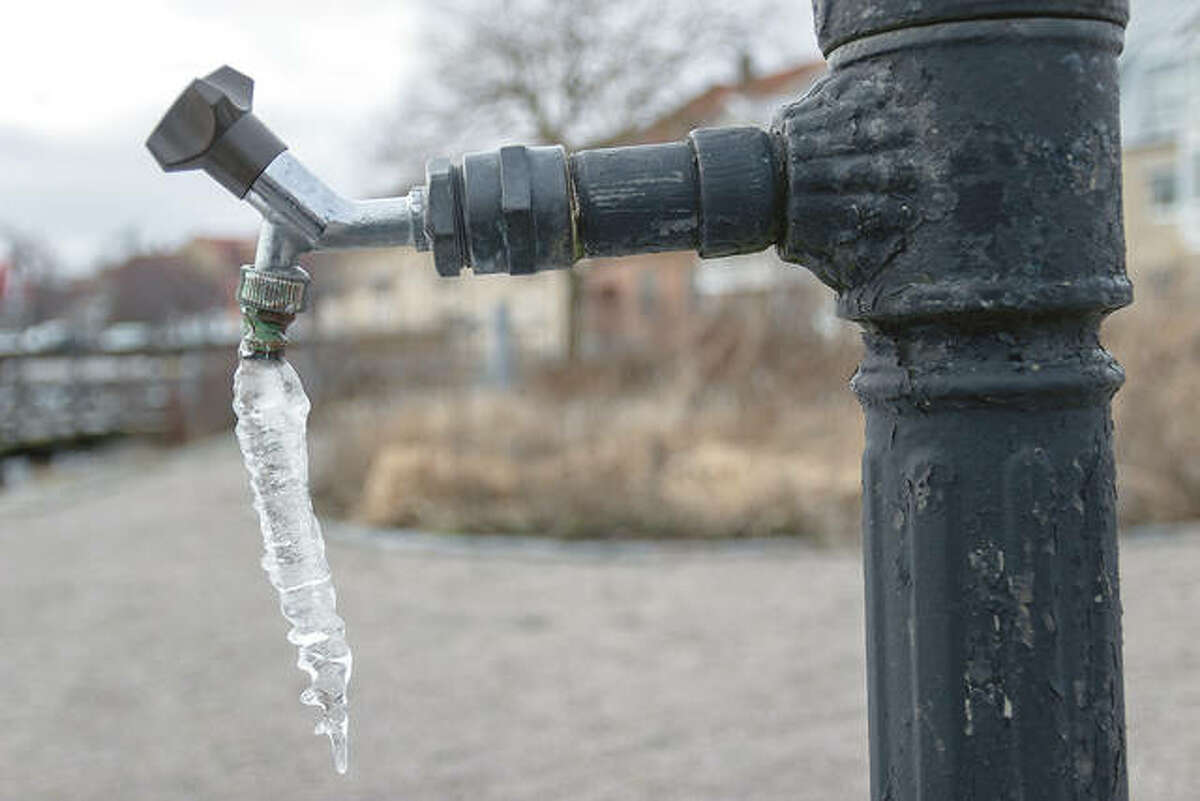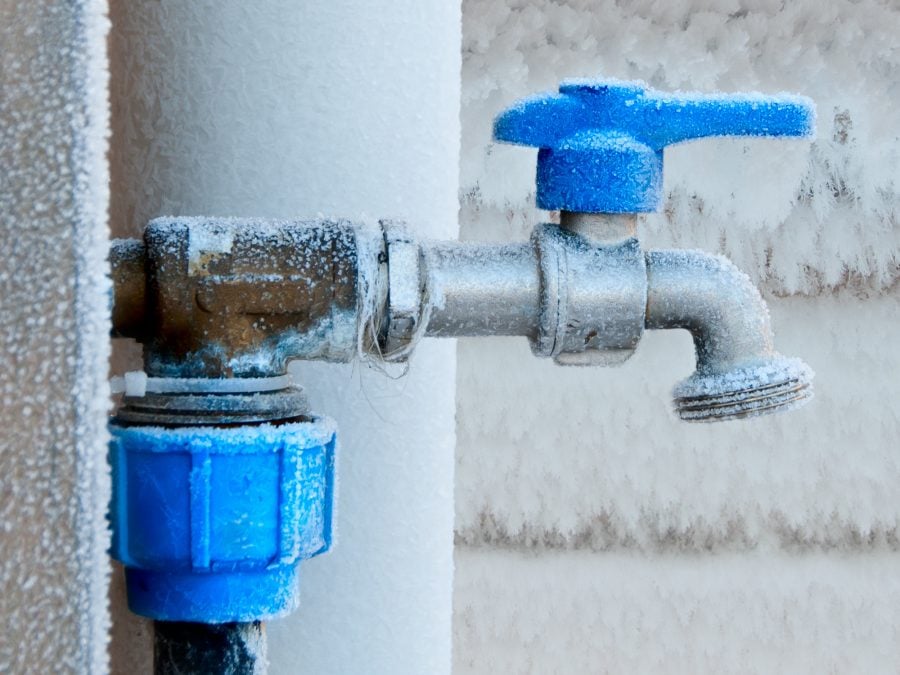Any individual has his or her own idea in relation to How to Prevent Your Pipes From Freezing.

Winter can damage your plumbing, specifically by freezing pipes. Below's exactly how to prevent it from occurring and what to do if it does.
Introduction
As temperatures decrease, the risk of icy pipes boosts, possibly leading to costly repair work and water damage. Comprehending exactly how to avoid frozen pipes is essential for property owners in cold climates.
Avoidance Tips
Protecting prone pipes
Cover pipelines in insulation sleeves or use heat tape to shield them from freezing temperature levels. Focus on pipelines in unheated or exterior areas of the home.
Home heating techniques
Maintain interior rooms appropriately heated, particularly locations with plumbing. Open up cupboard doors to permit cozy air to flow around pipes under sinks.
Just how to recognize frozen pipes
Search for lowered water circulation from taps, unusual smells or noises from pipes, and noticeable frost on revealed pipelines.
Long-Term Solutions
Structural adjustments
Think about rerouting pipelines far from outside wall surfaces or unheated locations. Include added insulation to attic rooms, cellars, and crawl spaces.
Updating insulation
Purchase high-grade insulation for pipelines, attic rooms, and wall surfaces. Appropriate insulation assists keep regular temperatures and decreases the risk of frozen pipelines.
Securing Outdoor Pipes
Garden hose pipes and outdoor taps
Disconnect and drain pipes garden hoses prior to winter season. Mount frost-proof spigots or cover outdoor taps with insulated caps.
Recognizing Frozen Pipes
What triggers pipes to ice up?
Pipelines freeze when revealed to temperatures listed below 32 ° F (0 ° C) for expanded durations. As water inside the pipes freezes, it broadens, putting pressure on the pipe walls and potentially creating them to break.
Risks and problems
Frozen pipelines can result in water supply interruptions, property damage, and expensive repair work. Burst pipes can flood homes and create considerable architectural damages.
Indications of Frozen Pipeline
Identifying frozen pipelines early can avoid them from rupturing.
What to Do If Your Pipes Freeze
Immediate activities to take
If you presume frozen pipes, maintain faucets open to soothe pressure as the ice thaws. Utilize a hairdryer or towels soaked in warm water to thaw pipes slowly.
Verdict
Stopping frozen pipes requires aggressive measures and quick responses. By understanding the causes, indications, and safety nets, property owners can secure their pipes during cold weather.
5 Ways to Prevent Frozen Pipes
Drain Outdoor Faucets and Disconnect Hoses
First, close the shut-off valve that controls the flow of water in the pipe to your outdoor faucet. Then, head outside to disconnect and drain your hose and open the outdoor faucet to allow the water to completely drain out of the line. Turn off the faucet when done. Finally, head back to the shut-off valve and drain the remaining water inside the pipe into a bucket or container. Additionally, if you have a home irrigation system, you should consider hiring an expert to clear the system of water each year.
Insulate Pipes
One of the best and most cost-effective methods for preventing frozen water pipes is to wrap your pipes with insulation. This is especially important for areas in your home that aren’t exposed to heat, such as an attic. We suggest using foam sleeves, which can typically be found at your local hardware store.
Keep Heat Running at 65
Your pipes are located inside your walls, and the temperature there is much colder than the rest of the house. To prevent your pipes from freezing, The Insurance Information Institute suggests that you keep your home heated to at least 65 degrees, even when traveling. You may want to invest in smart devices that can keep an eye on the temperature in your home while you’re away.
Leave Water Dripping
Moving water — even a small trickle — can prevent ice from forming inside your pipes. When freezing temps are imminent, start a drip of water from all faucets that serve exposed pipes. Leaving a few faucets running will also help relieve pressure inside the pipes and help prevent a rupture if the water inside freezes.
Open Cupboard Doors
Warm your kitchen and bathroom pipes by opening cupboards and vanities. You should also leave your interior doors ajar to help warm air circulate evenly throughout your home.

I have been very enthusiastic about Helpful Tips to Prevent Frozen Pipes this Winter and I really hope you liked the entire entry. Remember to pause to share this page if you liked it. Thanks for your time invested reading it.
Click Here